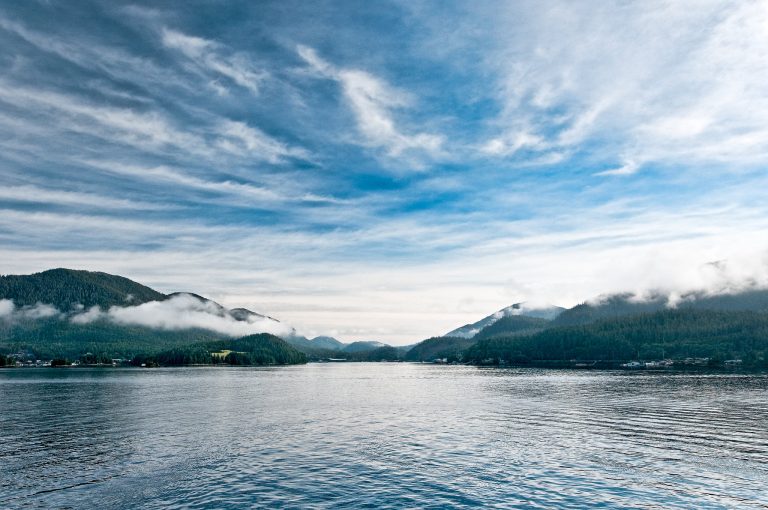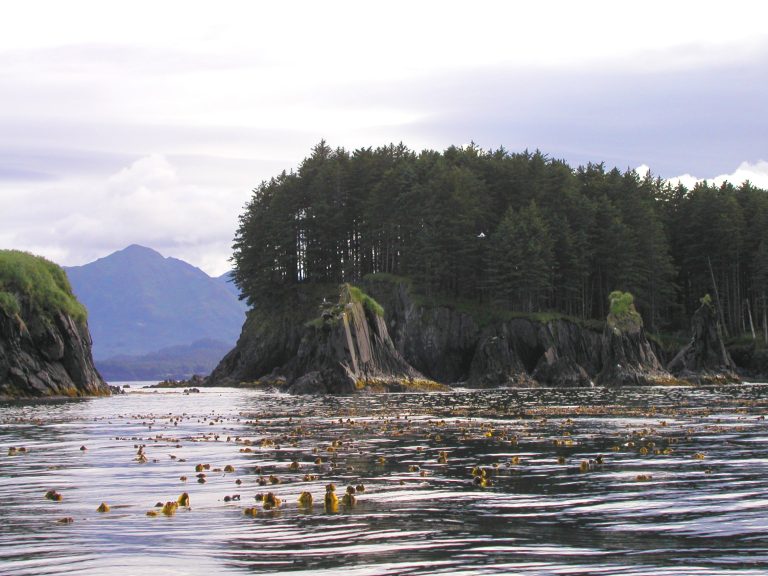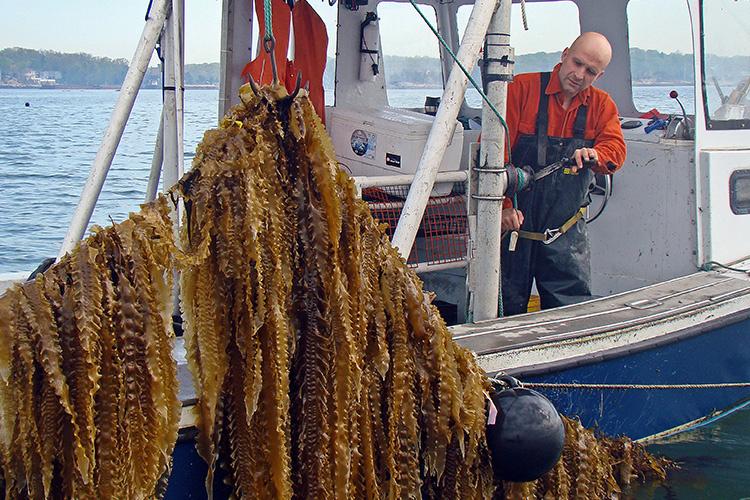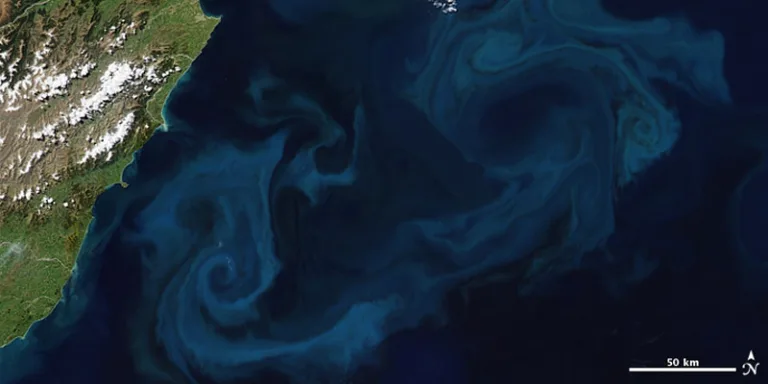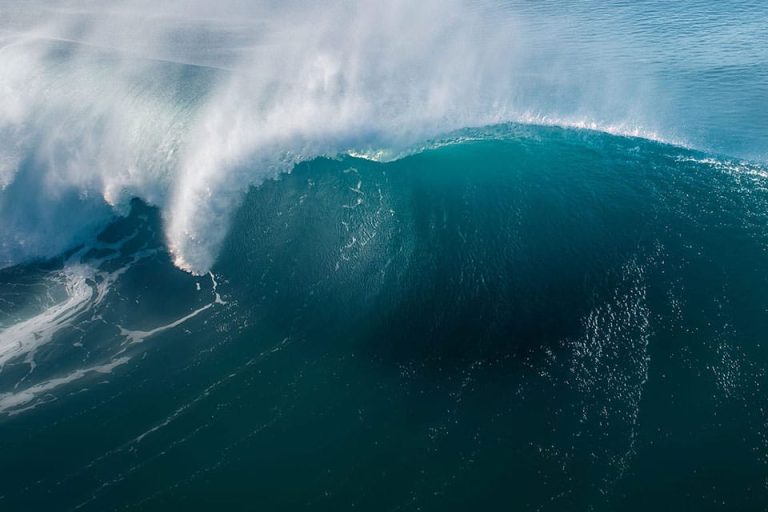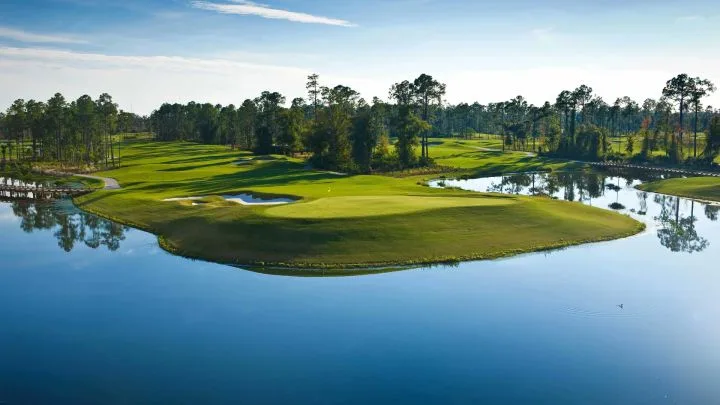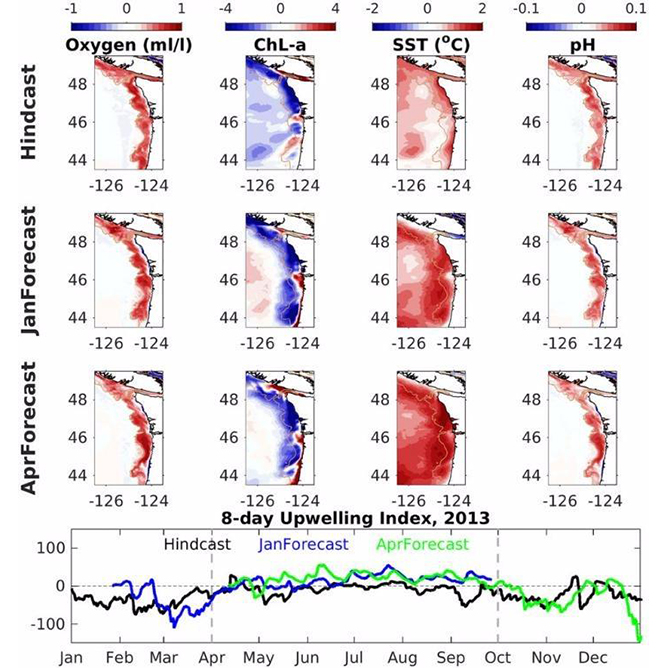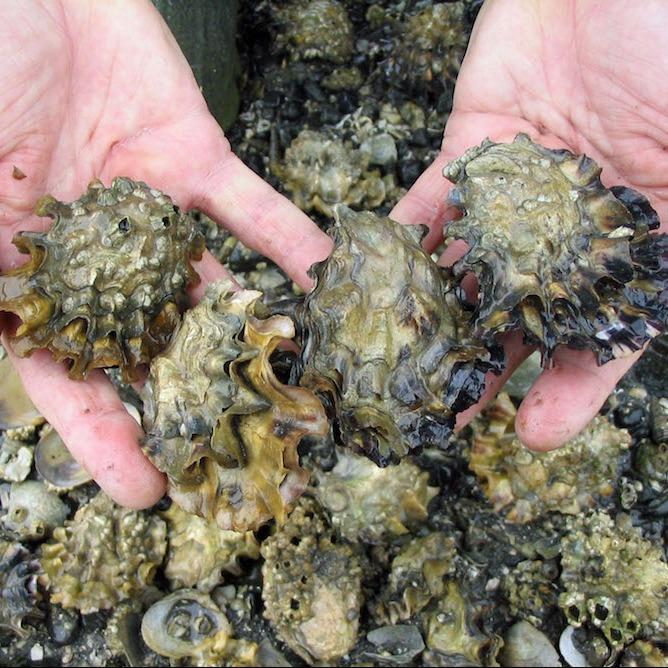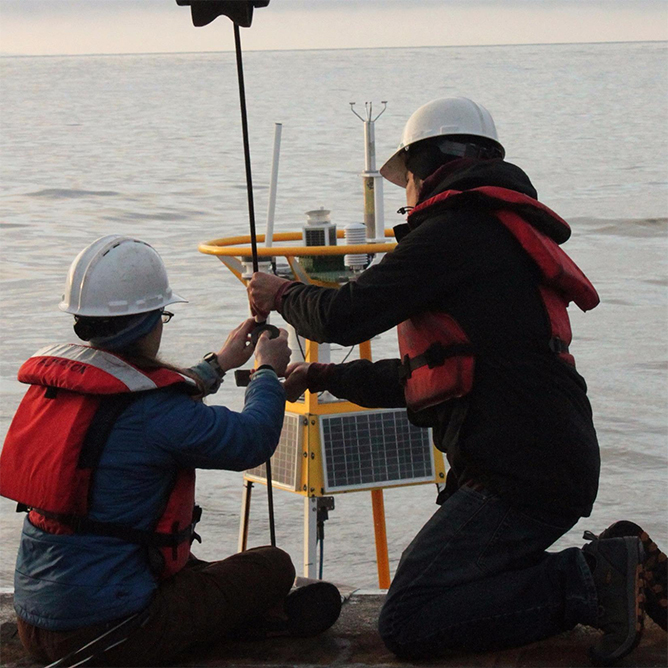A mapped dataset of surface ocean acidification indicators in large marine ecosystems of the United States
Mapped monthly data products of surface ocean acidification indicators from 1998 to 2022 on a 0.25° by 0.25° spatial grid have been developed for eleven U.S. large marine ecosystems (LMEs). The data products were constructed using observations from the Surface Ocean CO2 Atlas, co-located surface ocean properties, and two types of machine learning algorithms: Gaussian mixture
